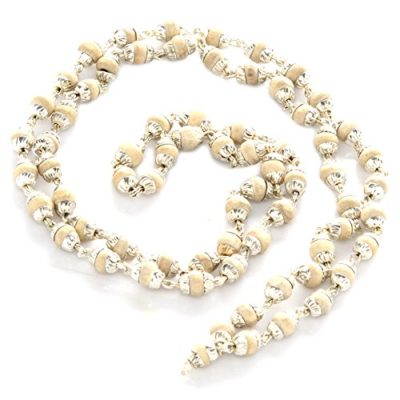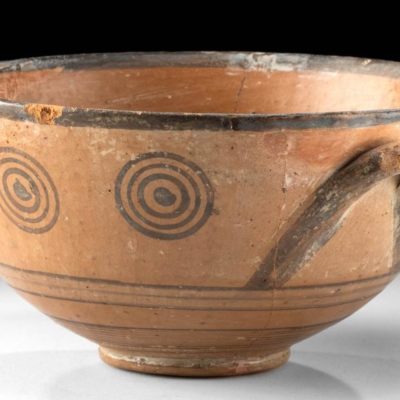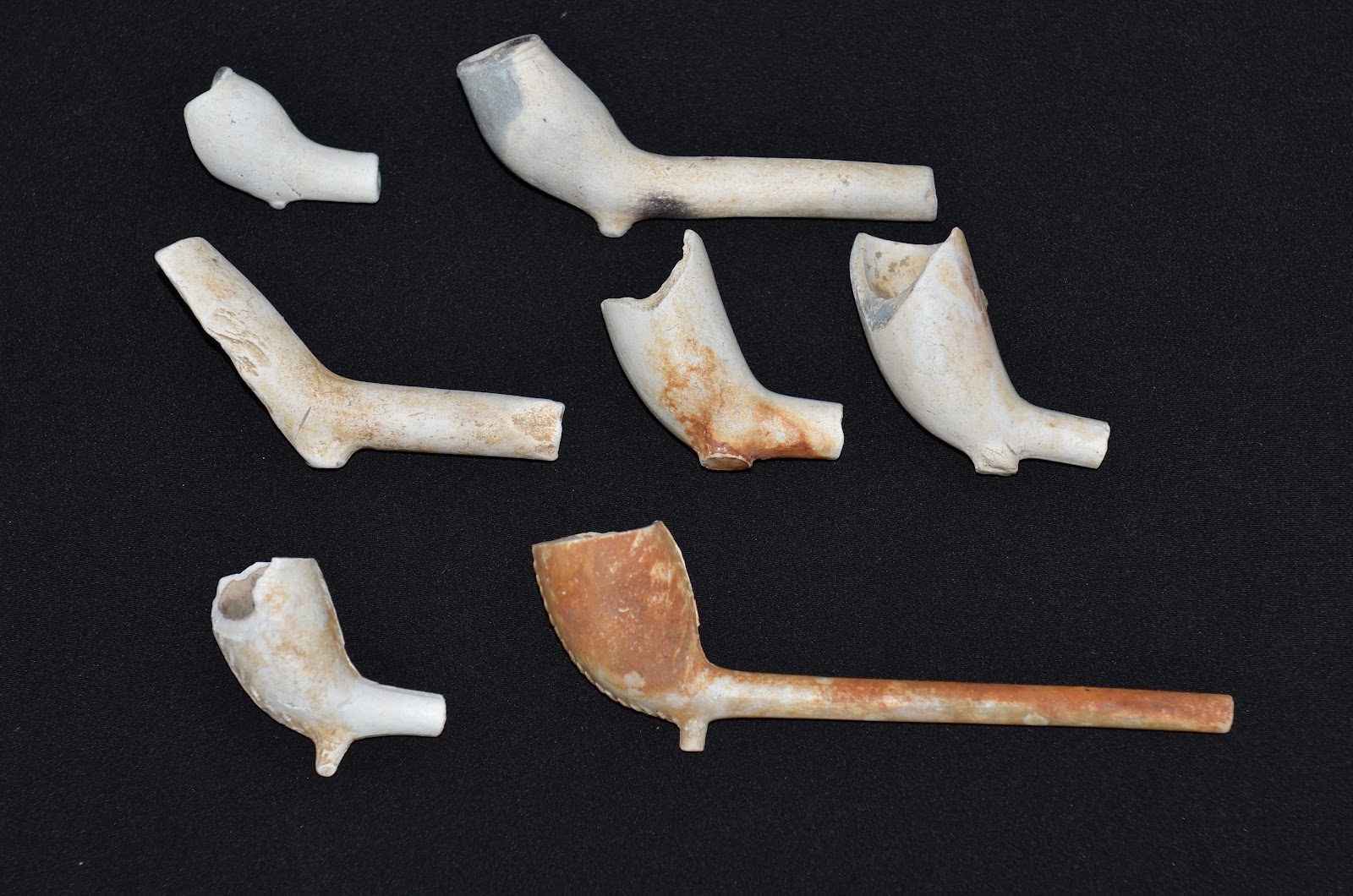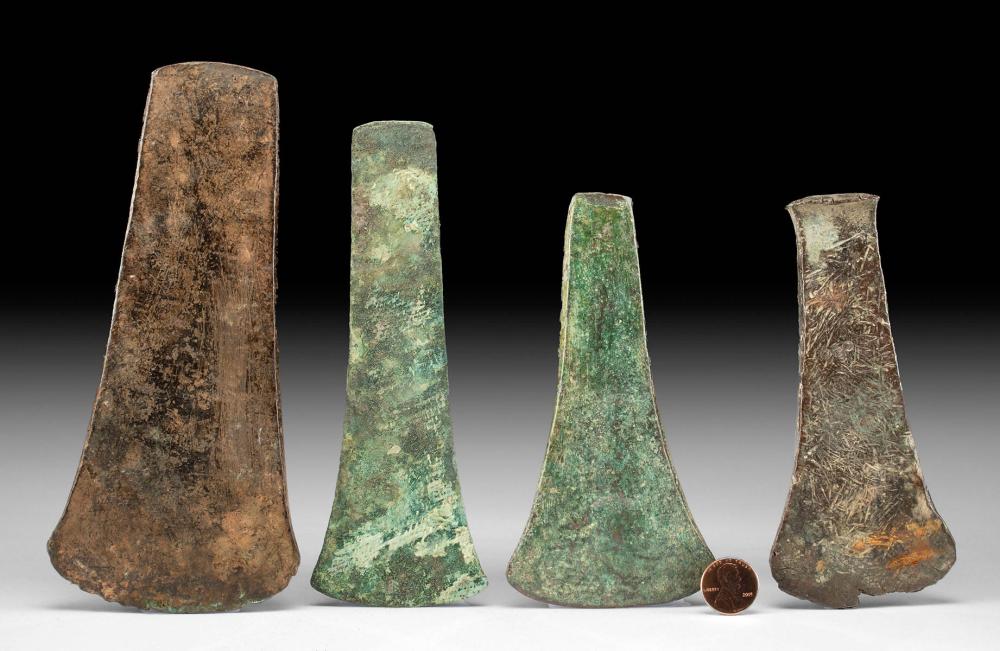This writer has studied pottery vessels made by the prehistoric North American Indians for more than half my life. That study included observing many thousands of pots in private as well as museum collections, in books and archaeological journals and in photos and emails sent to me. I have held and marveled at the many stylistic creations of the ancient pottery sculptors and have tried to understand just what these people were trying to say with their art in fired clay. It is certainly art but apparently for them it was art created for religious/ceremonial purposes. Most of their vessels were obviously created for simple utilitarian purposes – those purposes being eating and drinking. But many pots must have been made for something beyond the utility of life support – they were surely made for love. That love may have been for food animals; for adoration of other humans; for love of their deities; for affection of inanimate objects or for love of a mother to her child. I want to believe this last reason was the driving force for the creation of this amazing human breast effigy bottle.
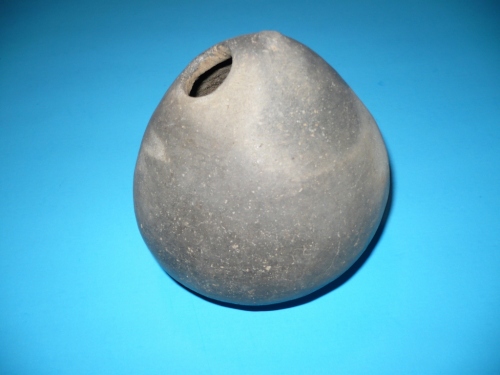
According to many contemporary women, we modern men are fixated on the woman’s breast. And maybe we are. Playboy magazine probably started us on this path more than fifty years ago and countless movies and periodicals have helped to propagate this fixation. But according to the earliest European explorers, who landed on the North American continent four to five hundred years ago, the native women and men lived their daily lives with little or no bodily covering and there are no written accounts of any great sexual attraction between these unclad people. Of course they certainly did not have Playboy magazine to show those ancient people enlightenment.
The amazing human effigy breast bottle pictured with this article is one of the rarest types of pottery every made in this country. It is fairly easy to find information on American Indian artifacts on the internet and the vast quantity of books and periodicals that have been devoted to the subject. But information on female human breast effigy vessels is almost nonexistence because apparently so few were made by the natives. Full body human effigy pottery vessels that are obviously female because of the large breasts and female genitalia have been found – not in huge quantities but in enough volume to know just what they represent. But these are full body replicas, not just the breasts. As mentioned before, this writer has studied many thousands of pottery vessels but can remember only ten or so, including this one, that could be accurately classified as human breast effigies. That is rather rare considering that many thousands of prehistoric Indian pottery vessels have been found. Apparently the early Europeans were correct in that the natives were unconcerned about the naked human body. But maybe ten or so of them were concerned enough to make such a vessel.
The thoughts among many pottery collectors are that these rare vessels were made by mothers to be placed in the graves of still born children so the child could have a supply of the mother’s milk in the afterlife and/or to be used in religious rites following an infant death. And that is a logical assumption. Of the few about which this writer knows, one was found in a grave of an infant where it had been placed adjacent to a human head effigy jar so the human breast replica could suckle for afterlife milk. There is no information available on just how the few others were found or how they were used. This particular female human breast effigy bottle is 5 3/16 inches tall by 5 1/8 inches in diameter at the widest point and has a modeled nipple adjacent to the bottle opening. It is made of burnished Bell Plain greyware and was found at the Campbell Site, Pemiscot County, Missouri with an estimated date of manufacture being around AD 1500-1700. This would have been at the end of the Mississippian Period during the time period in which the natives apparently spent a large part of their daily existence in devotion to the afterlife. It is a very good replication of a female breast and I would like to believe that the artist who made the effigy fabricated it with the love that would be shown from a mother to a child. Maybe the mother could not actually feed her deceased child life giving milk but the next best thing would be to have a replica of her breast interred with the infant according to the beliefs of these people. Fact or fiction? We will never know. But knowing the actual truth will never diminish a mother’s love with the beauty and extreme rarity of this amazing human breast effigy bottle.
REFERENCES:
Chapman, Carl H. & Leo A. Anderson 1955
“TheCampbell Site: A Late Mississippi Town Site and Cemetery in
Southeast Missouri”, MISSIOURI ARCHAEOLOGIST, Vol. 17,
No. 2 & 3
Gahagan, Blake 2001
“A Mother’s Love”, CENTRAL STATES ARCHAEOLOGICAL JOURNAL,
Vol. 48, No. 3
Griffin, James B. 1952
ARCHAEOLOGY OF THE EASTERN UNITED STATES
Hathcock, Roy 1976
ANCIENT INDIAN POTTERY OF THE MISSISSIPPI RIVER VALLEY
Munson, Marit K. 2000
“Sex, Gender and Status: Human Images from the Classic Mimbres”,
AMERICAN ANTIQUITY, Vol. 65, No. 1
Van Pool, Christi S. & Todd L. Van Pool 2006
“Gender in Middle Range Societies: A Case Study in Casa Grandes
Iconography”, AMERICAN ANTIQUITY, Vol. 71, No. 1
Copyright © 2013, Jim Maus. All rights reserved


